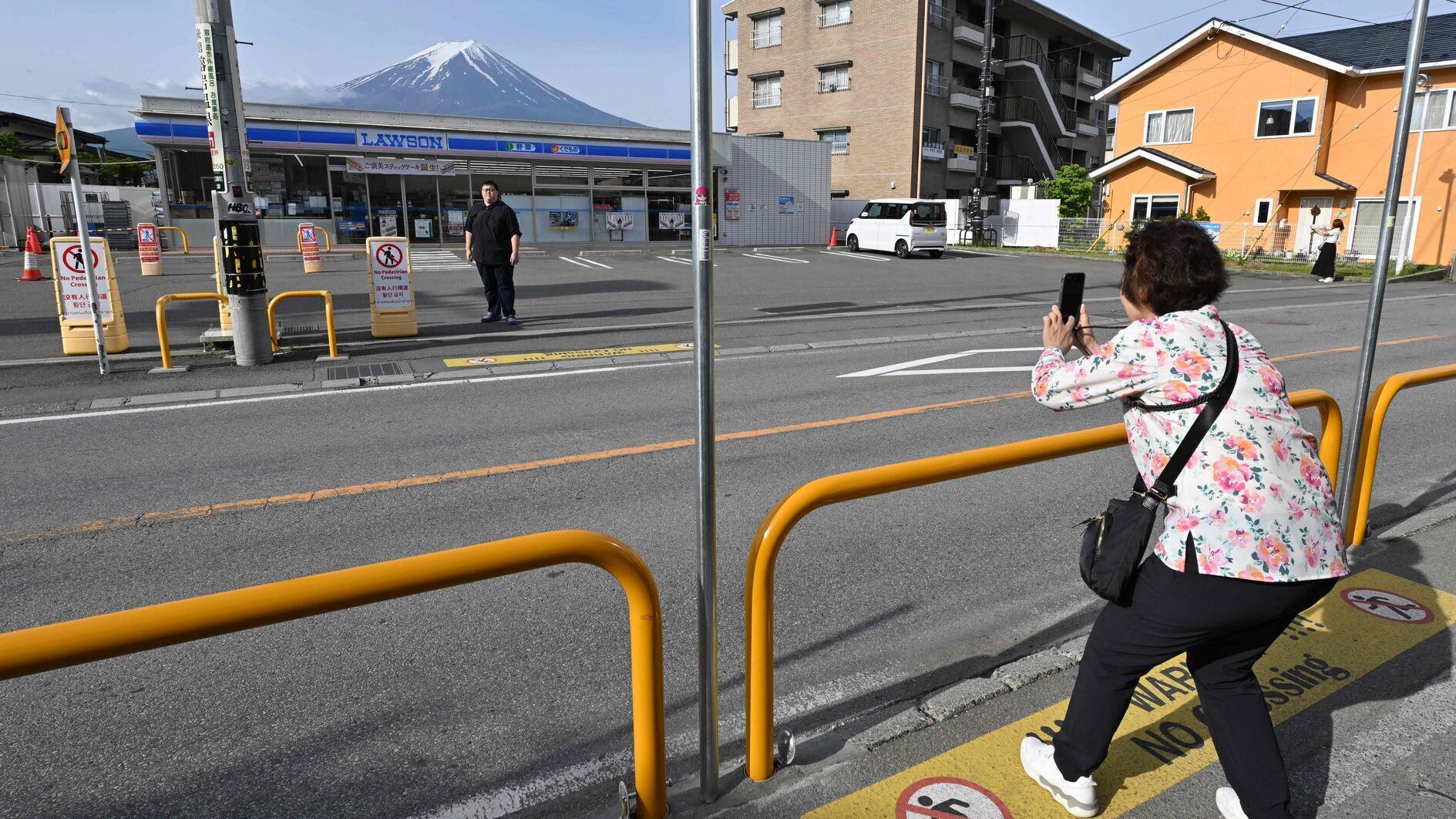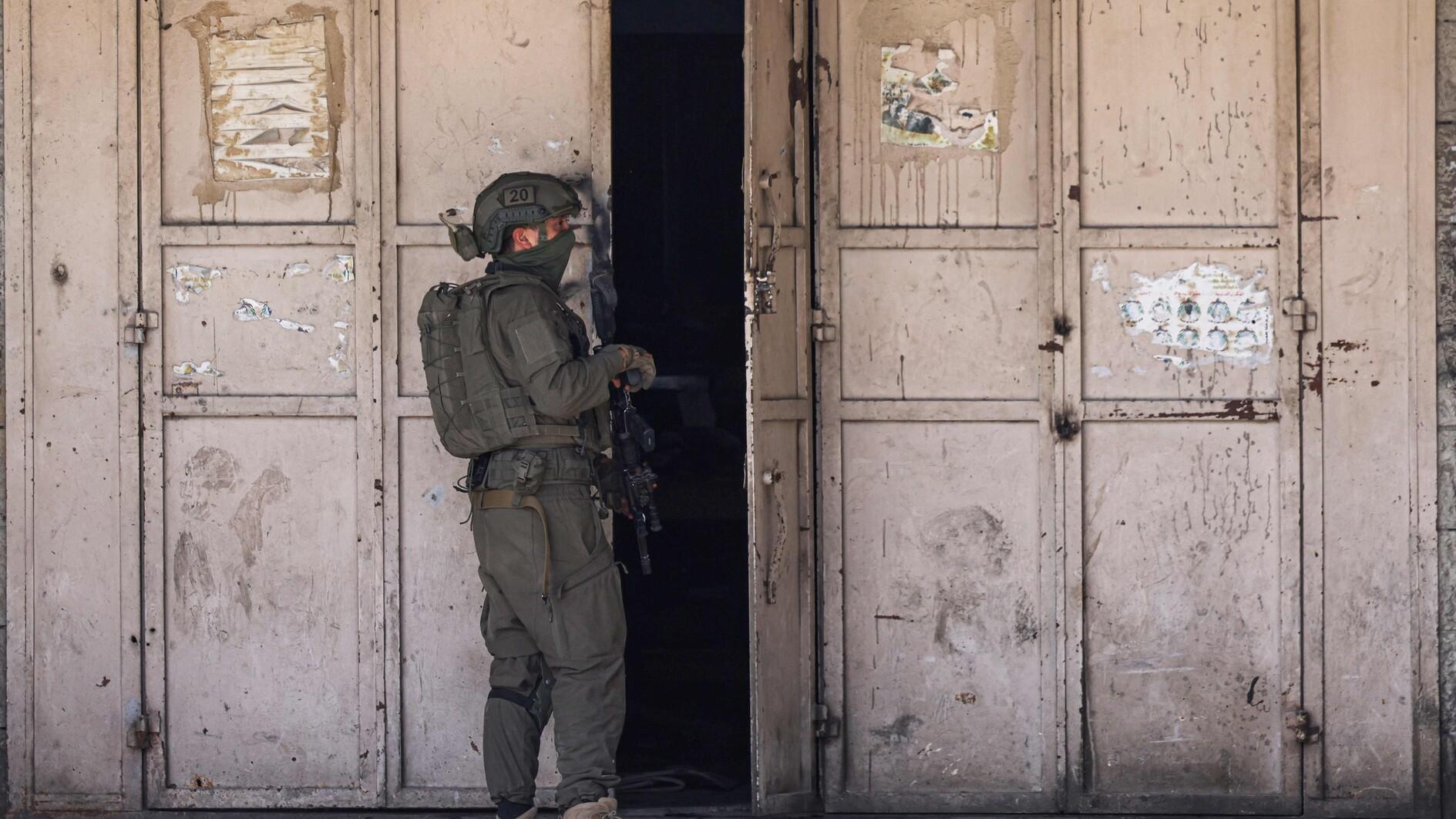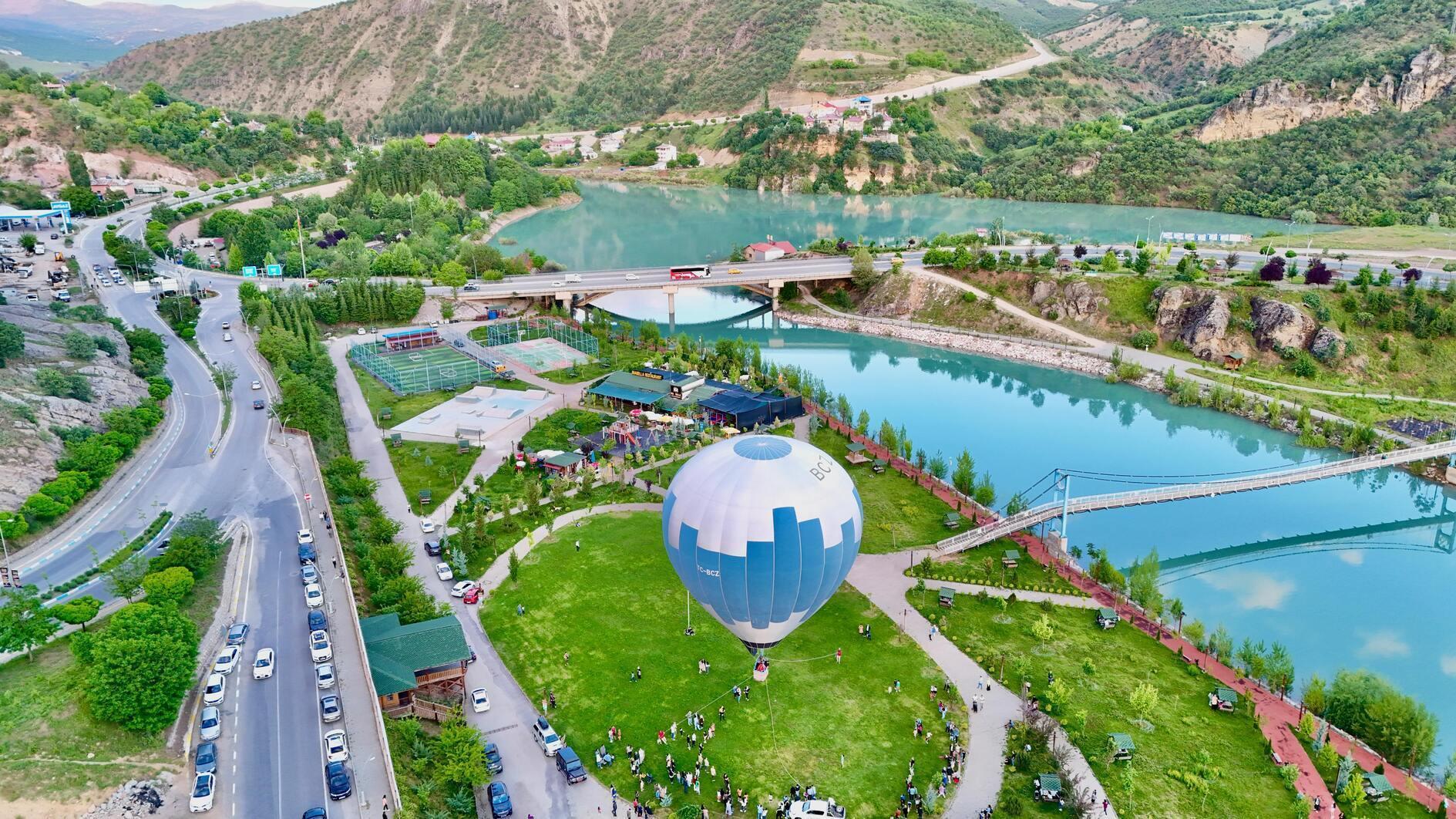Project defines idea of institution at Salt Galata
ISTANBUL - Hürriyet Daily News

This photo shows ‘Empire,’ one of the works presented in ‘How We Move’ at Salt.
“How We Move,” a new project at Istanbul’s SALT gallery, focuses on moving image works while it surveys a number of projects and practices that speak to questions of the institution.All works presented in “How We Move,” including those originally produced on 35 mm or 16 mm film, will be projected on video – a concession to the ubiquitous digitization of moving image culture and the economics of contemporary display. Set during the final screening at a dilapidated Taipei cinema and profoundly keyed into the rhythms of 35 mm projection, Tsai Ming-liang’s exquisitely material “Goodbye Dragon Inn” undergoes a radical transformation when projected on video.
Given that the thematic exhibition or program is an institution in itself – and a frequently dysfunctional one – “How We Move” further reflects on some of its own material and methodological procedures.
However concrete or abstract, the idea of the institution intends to circumscribe the forces that shape and order society. As such, they have been a central preoccupation of the arts, and of special concern to the practices of modernity. From the advent, in 19th century Paris, of the Salon des Refusés, a counter-institution established in reaction to the inertia of the official art academy, to the emergence in the 1960s of a group of artists whose interrogation of the structures and ideologies of the art world come to be labeled “Institutional Critique,” the questions – and problems – of institutions have been central to Western avant-gardes.
An institution is often thought of as a physical place, such as the museum, university, or hospital. In another sense, the word designates different types of organizations, varying in scale and degree of centralization, such as the military or the media. Law is an institution, as is language, cinema and psychoanalysis. An institution can be founded as a conscious act (the Latin word institutus means “to set up”) or evolve as a spontaneous growth – sometimes being healthy and sometimes cancerous. Institutions are shelters and battlegrounds, engines of progress and strongholds of orthodoxy, zones of production and objects of critique.
More recently, as the production of contemporary art increasingly merges with (or becomes indistinguishable from) modes of education, research, and discourse production in the context of a globalized information economy, new conversations on “institutionality” have addressed the evolving nature of the production, exhibition, and reception of art.
The question of what the thematic, affective, and social implications of bringing works such as Tsai’s to a different platform is one to be asked of, and tested by, the institution.
















